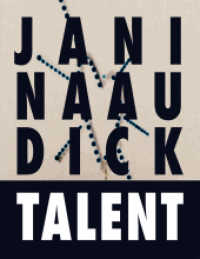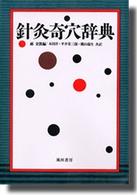- ホーム
- > 洋書
- > 英文書
- > Science / Mathematics
Full Description
Presenting the latest developments in the field, Wind Energy Systems: Control Engineering Design offers a novel take on advanced control engineering design techniques for wind turbine applications. The book introduces concurrent quantitative engineering techniques for the design of highly efficient and reliable controllers, which can be used to solve the most critical problems of multi-megawatt wind energy systems.
This book is based on the authors' experience during the last two decades designing commercial multi-megawatt wind turbines and control systems for industry leaders, including NASA and the European Space Agency. This work is their response to the urgent need for a truly reliable concurrent engineering methodology for the design of advanced control systems. Outlining a roadmap for such a coordinated architecture, the authors consider the links between all aspects of a multi-megawatt wind energy project, in which the wind turbine and the control system must be cooperatively designed to achieve an optimized, reliable, and successful system.
Look inside for information about the QFT Control Toolbox for Matlab, the software developed by the author to facilitate the QFT robust control design (see also the link at codypower.com).
The textbook's big-picture insights can help students and practicing engineers control and optimize a wind energy system, in which large, flexible, aerodynamic structures are connected to a demanding variable electrical grid and work automatically under very turbulent and unpredictable environmental conditions. The book covers topics including robust QFT control, aerodynamics, mechanical and electrical dynamic modeling, economics, reliability, and efficiency. It also addresses standards, certification, implementation, grid integration, and power quality, as well as environmental and maintenance issues.To reinforce understanding, the authors present real examples of experimentation with commercial multi-megawatt direct-drive wind turbines, as well as on-shore, offshore, floating, and airborne wind turbine applications. They also offer a unique in-depth exploration of the quantitative feedback theory (QFT)—a proven, successful robust control technique for real-world applications—as well as advanced switching control techniques that help engineers exceed classical linear limitations.
Contents
Introduction
Part I: Advanced Robust Control Techniques: QFT and Nonlinear Switching
Introduction to QFT. MISO Analog QFT Control System. Discrete Quantitative Feedback Technique. Diagonal MIMO QFT. Non-Diagonal MIMO QFT. QFT for Distributed Parameter Systems. Nonlinear Switching Control Techniques.
Part II: Wind Turbine Control
Introduction to Wind Energy Systems. Standards and Certification for Wind Turbines. Wind Turbine Control Objectives and Strategies. Aerodynamics and Mechanical Modeling of Wind Turbines. Electrical Modeling of Wind Turbines. Advanced Pitch Control System Design. Experimental Results with the Direct-Drive Wind Turbine TWT-1.65. Blades Manufacturing: MIMO QFT Control for Industrial Furnaces. Smart Wind Turbine Blades. Offshore Wind Energy: Overview. Airborne Wind Energy Systems. Appendices. Problems. Answers to Selected Problems. References.
-

- 電子書籍
- 訳あり魔法使いと逃亡中の花嫁【特典SS…
-

- 和書
- セミナー高温超伝導






